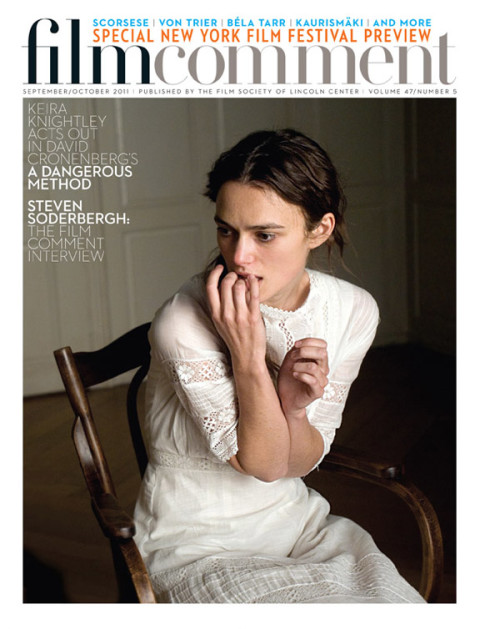
In the U.S., the AIDS pandemic struck San Francisco first and hardest. We Were Here, David Weissman and Bill Weber’s brisk, tender, multifaceted, and deeply moving documentary, tells the story of the AIDS crisis through the voices of four gay men (Ed Wolf, Paul Boneberg, Daniel Goldstein, Guy Clark) and one woman (Eileen Glutzer), all of whom pitched in—for years—to help the sick and the dying because, as the movie makes clear, the circumstances made it unthinkable for them to do otherwise. They and their comrades are the equivalent of World War II resistance fighters, and the film gives their commitment and courage the celebration it deserves.
Weissman and Weber’s previous documentary, The Cockettes, focused, perhaps too narrowly, on San Francisco’s drag-theater troupe, which flamed into sweet, tart, campy life out of the ashes of the late Sixties hippie movement. Nothing in that slight, charming movie suggested that Weissman and Weber had the documentary chops and discipline to pull off what is simply the most compelling history of the major tragedy and epic struggle of our time. We Were Here weaves the personal and the political, the intimate and the epic to show the effect of AIDS on individual lives and also on the San Francisco gay community that constructed, through its immediate, caring, pragmatic actions, a model of how people can fight back in a crisis and survive. It’s this last point that everyone involved in the film tries to make again and again—and which they do with great hesitation and a bit of wonder, because it’s difficult to admit that anything positive can be built on the corpses of so many who died so horribly and, very often, so young.
We Were Here takes the form of a classic three-act narrative. It begins in the Seventies with the influx of gays and lesbians from all over the U.S. who found in the Castro a place where they could feel at home, i.e., where they didn’t have to confront homophobia very day of their lives. In the second act, a mysterious plague descends that kills with terrifying speed. At the height of the crisis, thousands died in San Francisco in a single year. Survivors lost lovers and friends within days of each other. The witnesses/ storytellers of We Were Here testify to the horror and sorrow of those years and also to the way they and others responded. Since the sick and the dying for the most part had no families, the community became their family—nursing in AIDS wards, forming service organizations, lobbying for drug trials, teaching safe sex, and finally in the Nineties figuring out how to live with AIDS, with survivors guilt and the memories of great loss.
The filmmakers have amassed an amazing archive of photos and videotapes; from the first Polaroids in 1981 of a man covered with purple lesions, taped on a drugstore window with the legend “Watch out guys, something bad is out there!” to the unfurling of the AIDS quilt in D.C. But it is the intimate, personal testimonies of Wolf, Boneberg, Goldstein, Clark, and Glutzer, who are always aware that they are speaking for their comrades on the front lines and, most of all, for those who died, that make the film so vital, urgent, and necessary.








